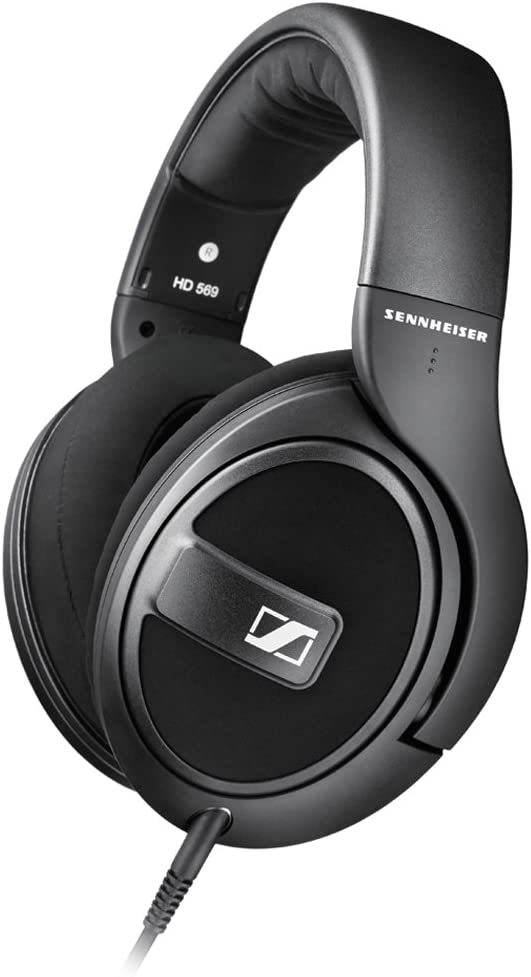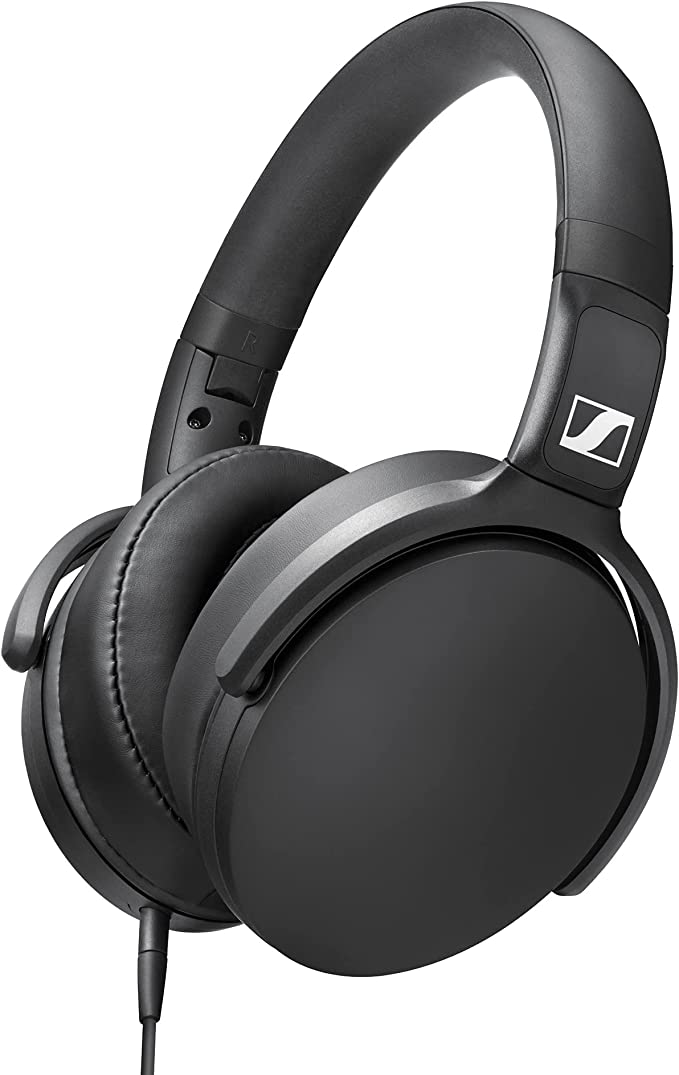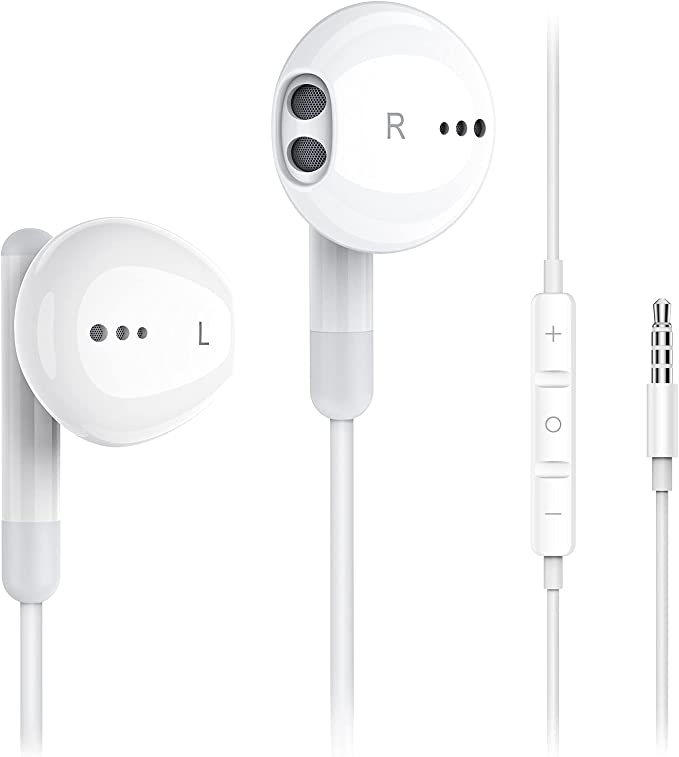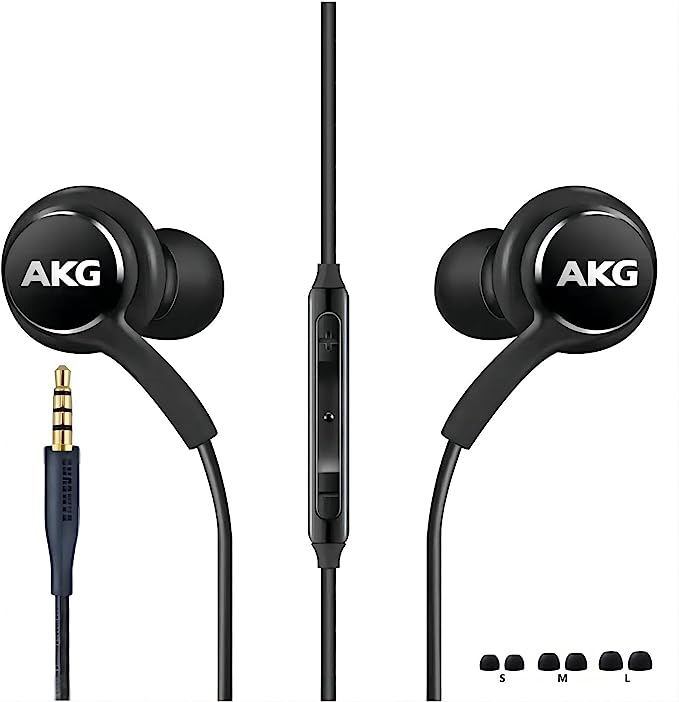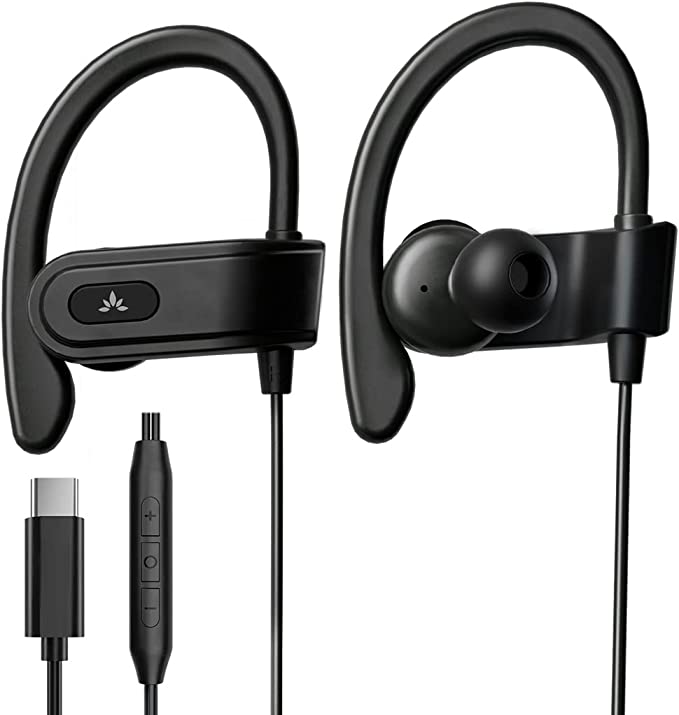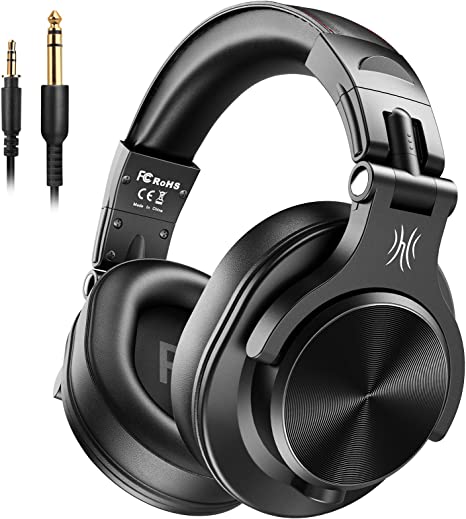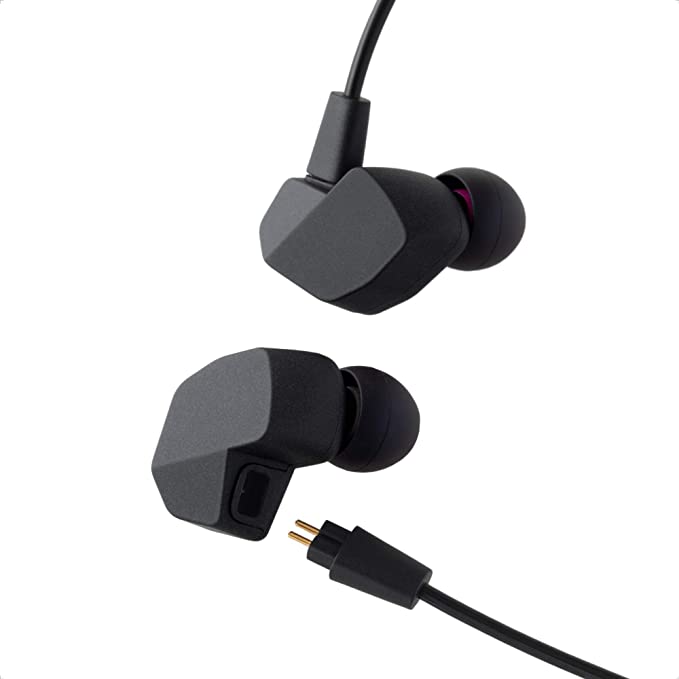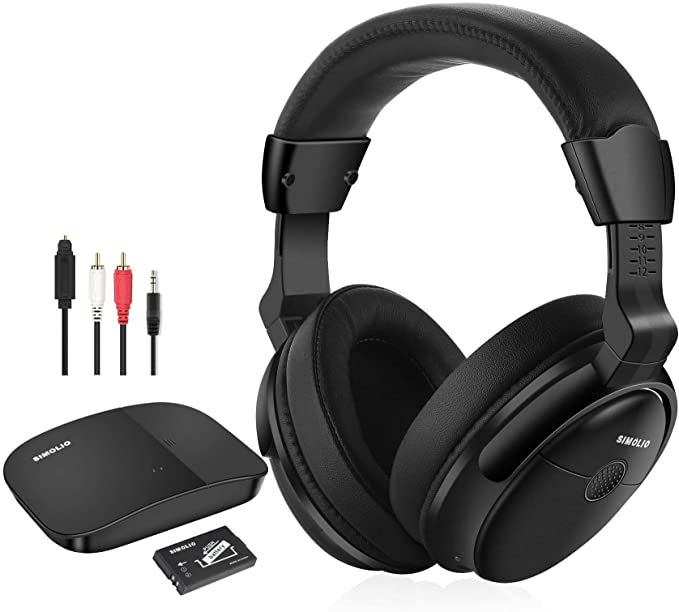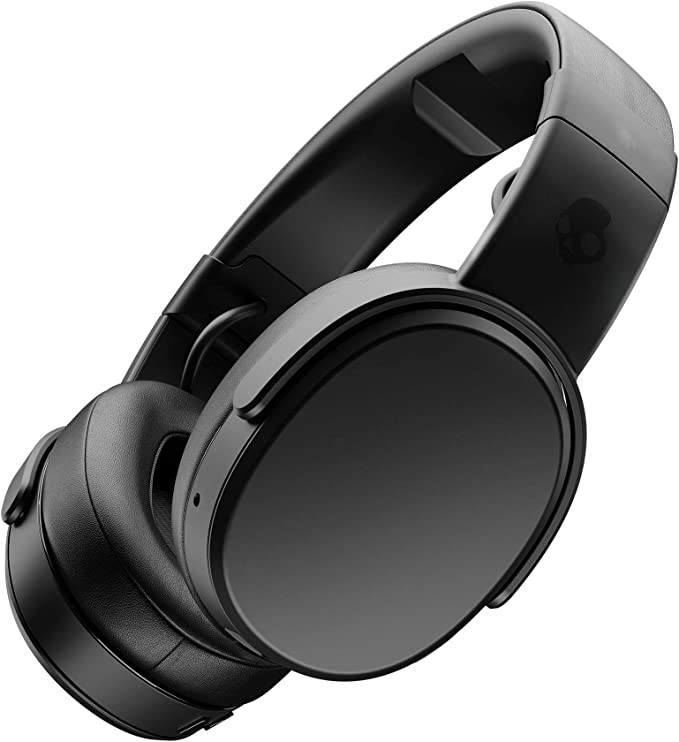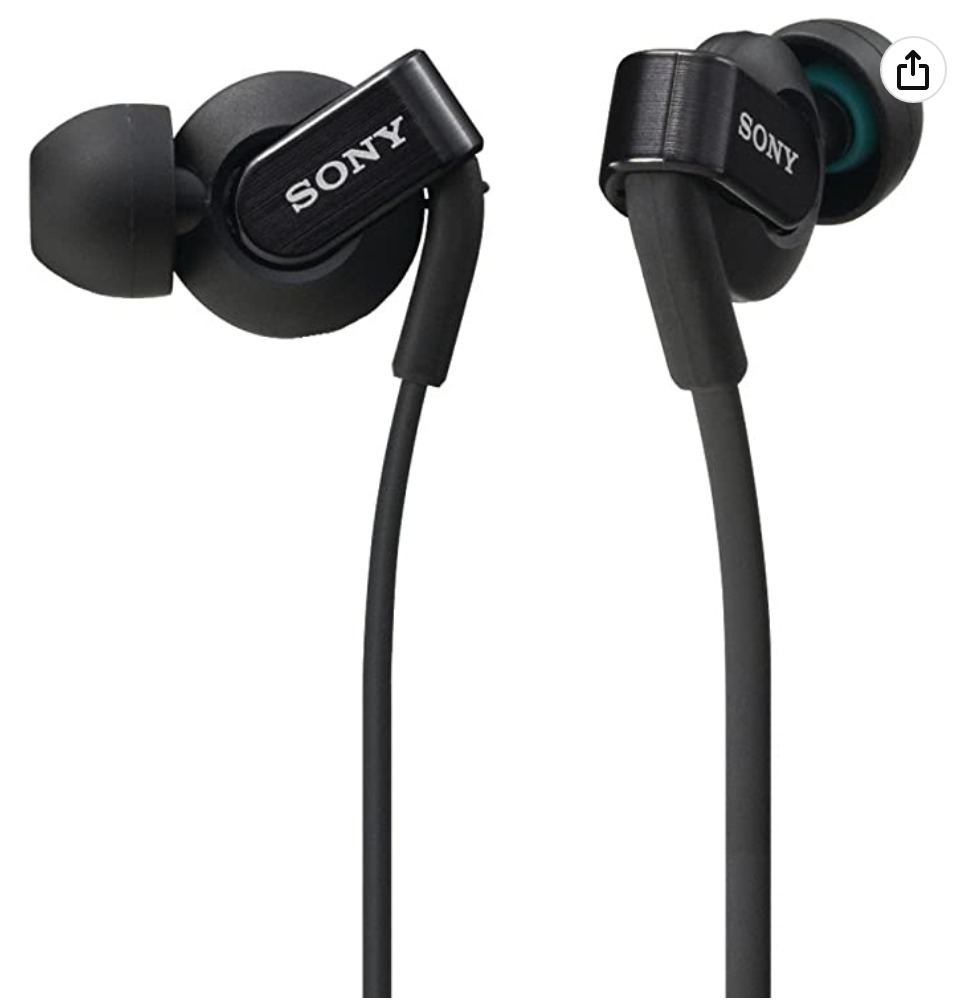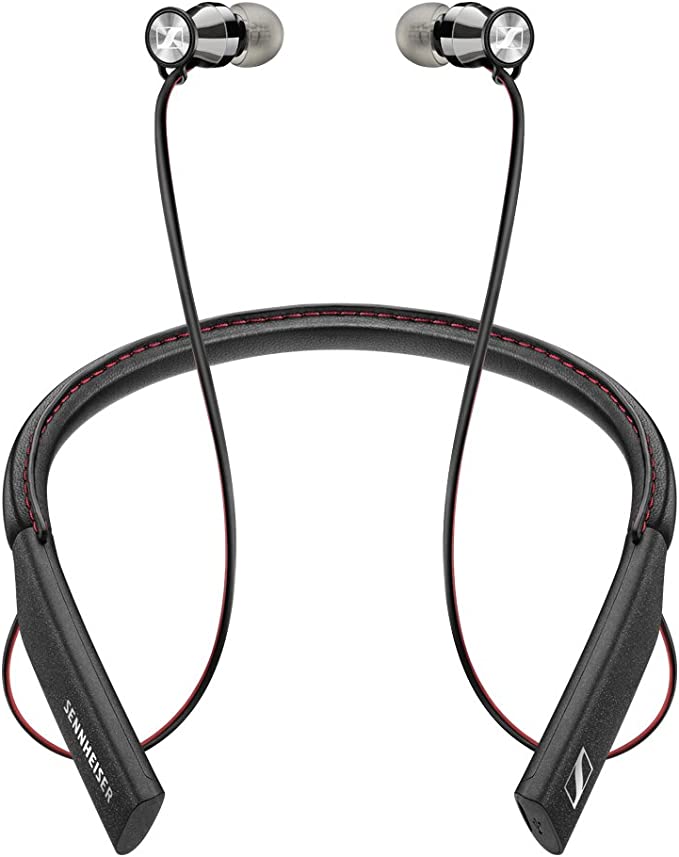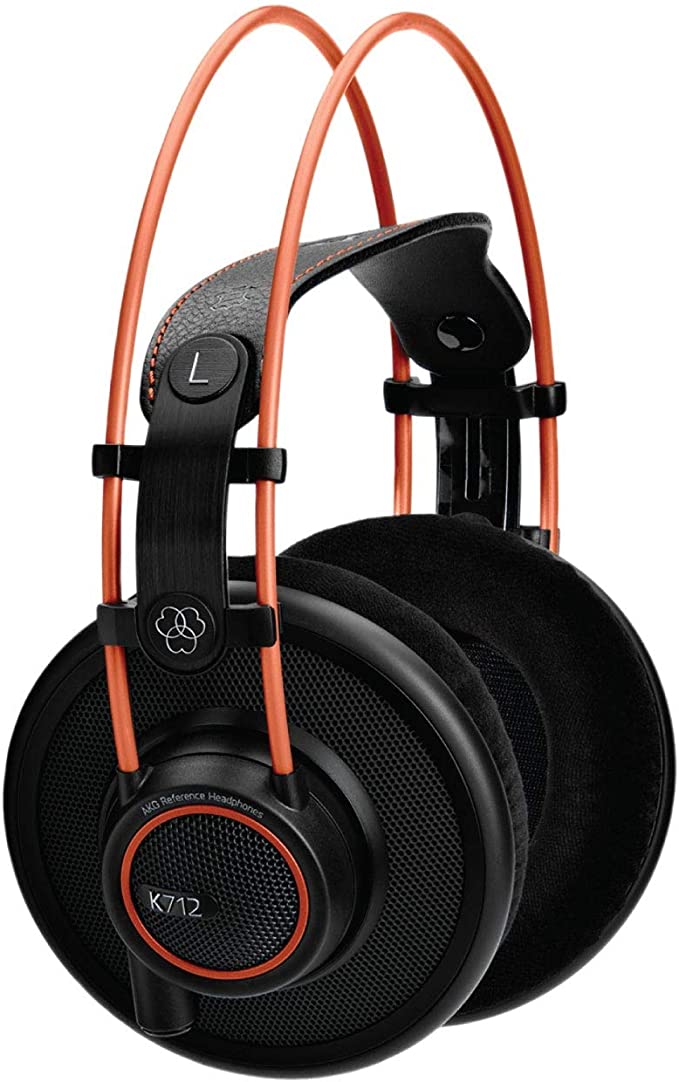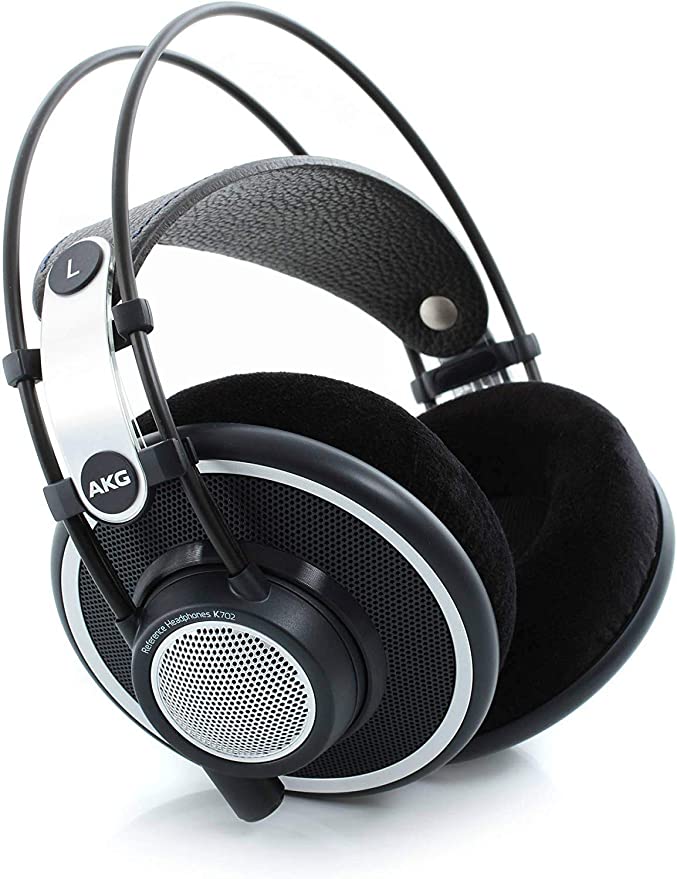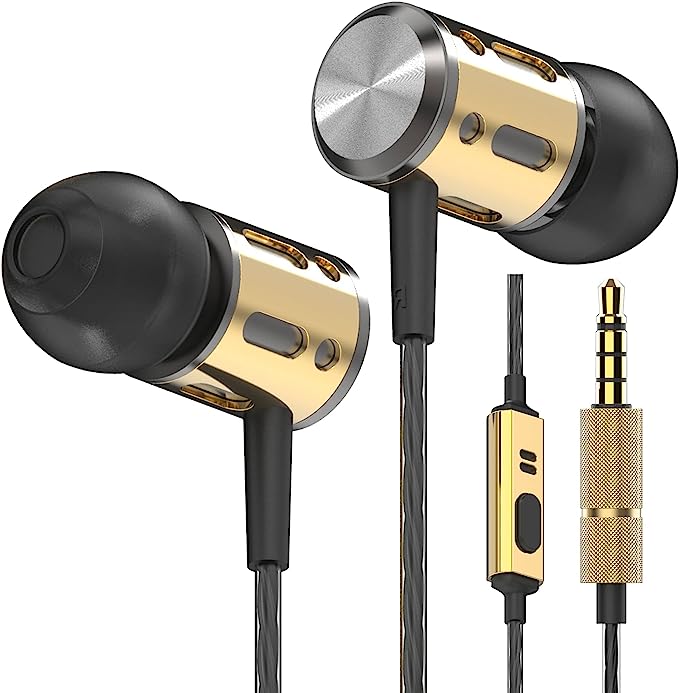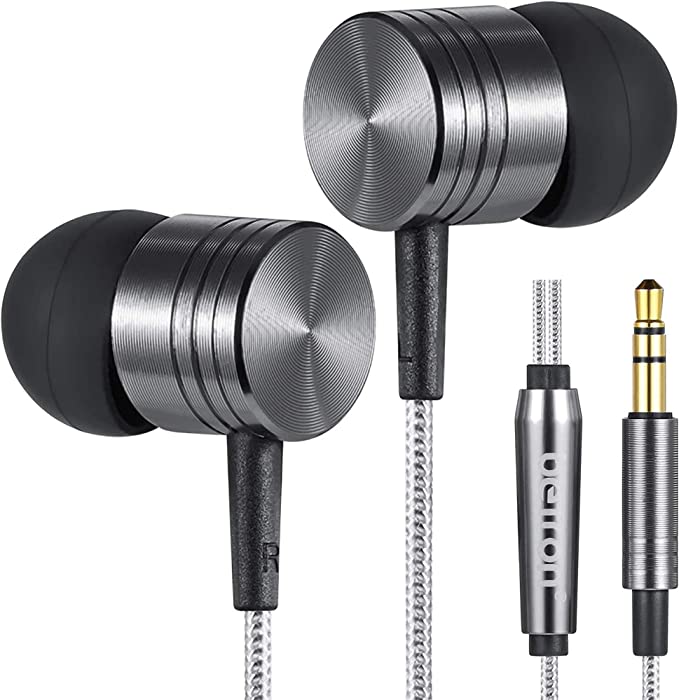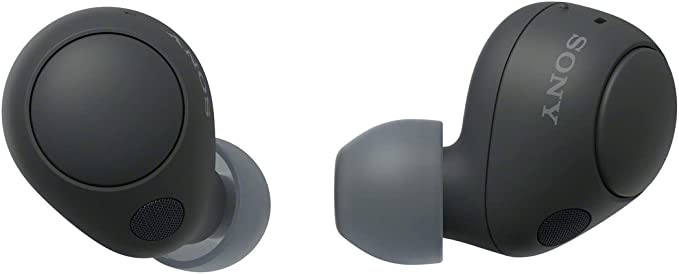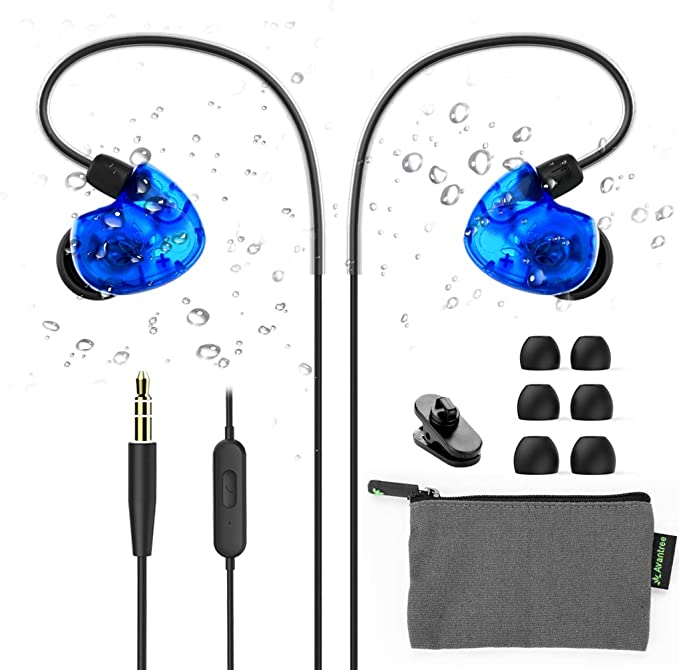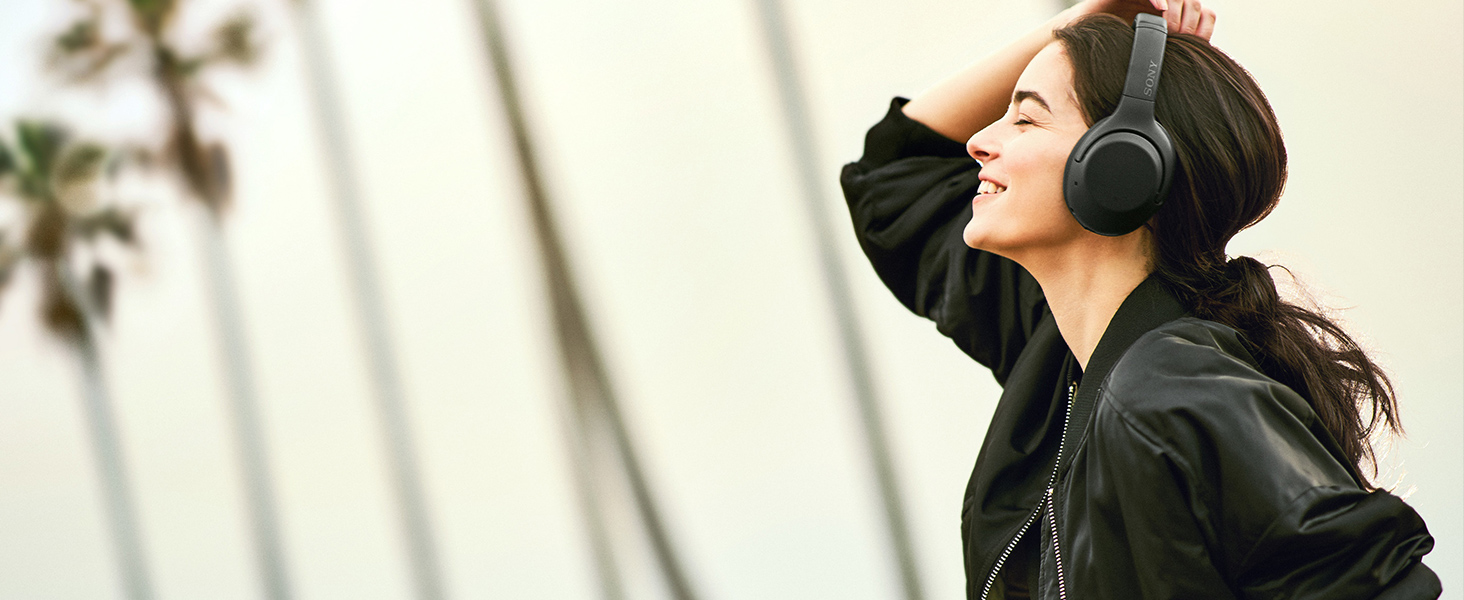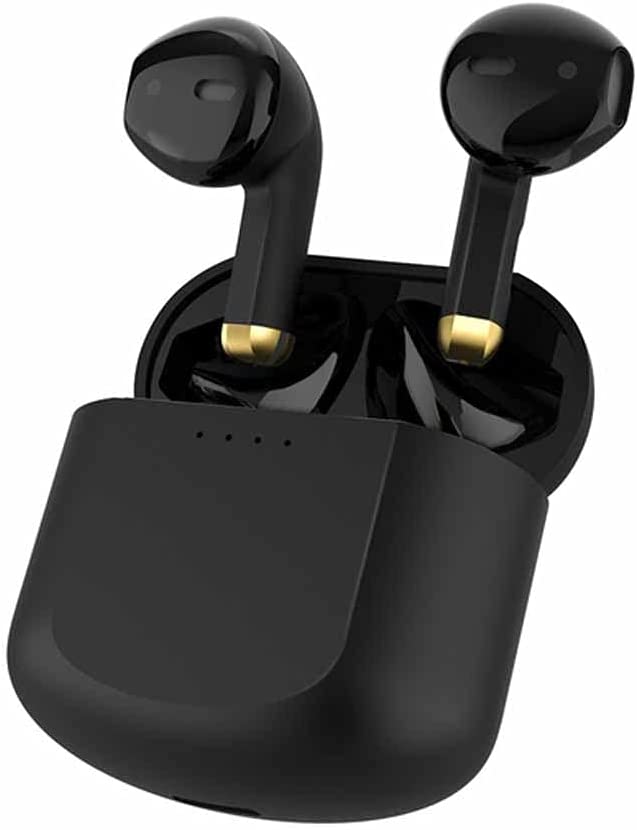Betron BS10 Wired Headphones: Experience Deep Bass and Sound Isolation
Update on Aug. 25, 2025, 7:28 a.m.
In an era defined by the intangible—by Wi-Fi signals painting the air and Bluetooth streams invisibly bridging the space between devices—we have grown accustomed to a certain kind of magic. It is the magic of convenience, of seamlessness. Yet, in our embrace of the wireless world, we risk forgetting the profound, visceral reality of a physical connection. There is a unique honesty in a simple copper wire, a tangible path for the intangible art of music. It is a direct, unbroken line from artist to ear, a conduit for a ghost.
To understand this ghost, we need a specimen. Not a thousand-dollar flagship, but something elemental, something that lays the science bare. Let us consider the Betron BS10, a humble pair of wired earbuds, and use it not as a product to be reviewed, but as a key to unlock the forgotten science of analog sound.

The Sanctity of the Signal
The journey of sound begins not as a wave in the air, but as a wave of electricity. An analog audio signal is a beautifully simple thing: a continuously varying voltage that perfectly mirrors the pressure wave of the original sound. It is a pure electrical reflection of a voice or a guitar string. But this signal is fragile. The moment it leaves the security of your device’s internal circuitry, it is vulnerable.
This is where the physical connection asserts its importance. The 3.5mm plug of the BS10 is the handshake between your world and the music’s. Its gold plating is not mere ornamentation; it is a guardian. Gold is a noble metal, exceptionally resistant to the slow, creeping corruption of oxidation that can form on lesser metals, creating a microscopic layer of electrical noise and resistance. This isn’t about luxury; it’s about fidelity. It ensures that the delicate, complex analog wave—the very soul of the sound—enters the wire pure and unblemished. It is the first step in preserving the ghost.

The Heart of the Matter: A Piston of Air
Once inside the wire, the signal travels to the heart of the earbud: the driver. The BS10 employs a 12mm dynamic driver, an elegant engine running on the fundamental principles of electromagnetism. Think of it not as a speaker, but as a miniature, high-speed piston designed to move air.
When the electrical signal energizes a tiny voice coil attached to a flexible diaphragm, it causes the diaphragm to pulse back and forth with incredible precision, thousands of times per second. This motion is the critical act of transduction: converting electricity back into physical vibration. And here, size is everything. To create the long, powerful pressure waves that our brains interpret as bass, the driver must move a significant amount of air. The large 12mm surface area of the BS10’s driver acts like a wide piston, capable of a deep, forceful push that smaller drivers simply cannot replicate. It can generate the physical impact, the resonant thud in your chest that is the very essence of low-frequency sound. This isn’t just about hearing the bass; it’s about the physics of making you feel it.

The Acoustic Chamber: A Room Without Echoes
This powerful piston needs the right room to work in. The housing of an earbud is not just a protective shell; it is a meticulously designed acoustic chamber. Many budget earbuds are housed in plastic, a material that is light and cheap, but acoustically flawed. Like a flimsy wall in a concert hall, plastic can vibrate sympathetically with the music, resonating at certain frequencies and adding its own unwanted coloration to the sound. It lies, creating a muddy, imprecise echo of the original signal.
The BS10’s use of a metal housing is a critical engineering choice. Metal is dense, rigid, and acoustically inert. It acts like a thick, solid wall, refusing to sing along with the driver. It provides a stable, non-resonant chamber that dampens unwanted vibrations, ensuring that the only sound waves reaching your ear are the ones created by the driver itself. This is the science of purity—creating a room without echoes, where the truth of the music can be heard.
The Seal of Silence: Crafting a Private Universe
Even with a perfect signal and a pure chamber, the listening experience can be shattered by the outside world. Here, the BS10 relies on passive noise isolation—a physical barrier, not a digital trick. By selecting the correctly sized silicone ear tip, you create an acoustic gasket that seals the ear canal.
This seal performs two crucial functions. First, it physically blocks a significant amount of external, high-frequency noise from ever reaching your eardrum. Second, and arguably more important for sound quality, it traps the air inside your ear canal. This is essential for bass response. The long, powerful waves of low-frequency sound require a contained pressure system to be perceived fully. Without a proper seal, this bass energy simply leaks out, resulting in a thin and lifeless sound. The seal creates your own private, pressurized acoustic universe, allowing the driver’s work to be delivered with its full, intended impact.

The Physics of Feeling: Why Bass Moves Us
Why does a deep, resonant bass line feel so satisfying? The answer lies in the field of psychoacoustics. Our relationship with sound is not purely auditory; it is deeply physical and rooted in our evolutionary past. The famous Fletcher-Munson curves show us that human hearing is not linear; our ears are far less sensitive to low frequencies at normal listening volumes. Therefore, to be perceived as equally loud, bass frequencies must be physically more powerful than midrange frequencies.
The BS10’s design, from its large drivers to its sealed fit, is engineered to deliver this physical power. The result is that you don’t just hear the bass; you feel it as a subtle, vibrotactile sensation. This low-frequency rumble connects to something primal within us—the feeling of a distant thunderstorm, the beat of a ceremonial drum, the rhythm of our own heart. It is a physical stimulus that can literally move us, an echo of a time when sound was a critical tool for survival.

The Elegant Compromise
No design exists without compromise. For all its purity and simplicity, the wired earbud has an Achilles’ heel: the wire itself. It is both a lifeline to the music and a point of physical failure. The most common complaint from users—one earbud eventually going silent—is almost always due to a break in the delicate solder joint where the wire meets the plug, a victim of thousands of cycles of bending and stress.
This isn’t a flaw in the BS10 so much as it is an inescapable law of physics for a physical object in a dynamic world. It is the elegant compromise of the design. In exchange for an uncompressed, unadulterated, latency-free signal, we accept the tangible vulnerability of a physical cable.
In an age of digital abstraction and wireless convenience, the wired earbud is an affirmation of the physical. It represents a choice—a choice for an unfiltered connection, for a direct electrical path from the artist’s intention to your sensory perception. To understand the ghost in the wire, to appreciate the interplay of electromagnetism, material science, and acoustic physics within these tiny shells, is not to diminish the magic of music. It is to deepen it, to replace a sense of passive wonder with one of active appreciation. And in doing so, we must remember to preserve the most delicate instrument of all: our own hearing. Listen deeply, listen passionately, but listen safely.
